UP TO THE MINUTE
Learn how horizontal lifeline systems save lives in the roofing industry
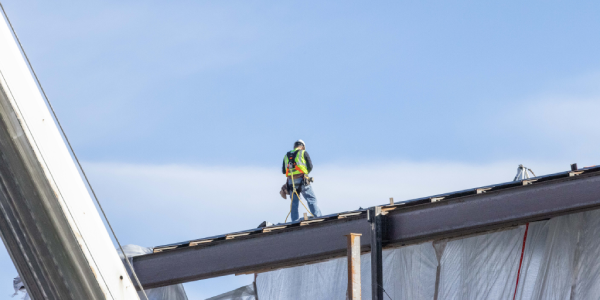
By Cotney Consulting Group.
Horizontal lifeline systems play a crucial role in protecting roofing workers. However, in order for the system to be effective, you must ensure that proper installation, regular maintenance and thorough training are understood at all levels.
Working at heights is an inherent risk for professionals in the roofing industry. However, using a fall protection system without proper understanding or suitability can exacerbate the danger. One of the common fall protection systems is the horizontal lifeline system (HLL). The right application and understanding of its components can be a lifesaver, but without this knowledge, it might just be another risk factor.
Understanding horizontal lifeline systems
A horizontal lifeline system is designed for situations where traditional tie-off points aren't available. The system uses a cable, typically made of robust material like stainless steel, stretched between two or more anchor points. These anchors can be positioned overhead, at the base or in between, depending on the requirement. The system can also integrate force-management components for added safety.
The engineering behind the system
An HLL isn't just a cable stretched between two points. It's a carefully designed system that reacts dynamically to a fall. When a fall occurs, the system deflects in the direction of the fall, deploying its force-management components. The system is designed to absorb the force and reduce the impact, potentially saving the worker from severe injury.
However, the effectiveness of the system relies heavily on its engineering. Factors like the span distance, energy-absorbing components and the position of the anchor points play a crucial role in the system's performance. Incorrect calculations or overlooking any of these factors can lead to system failures and, consequently, injuries or fatalities.
For optimal performance, the lifeline should ideally be installed overhead. This minimizes freefall distances and the arresting force, thus reducing the risk. When the lifeline is anchored below the dorsal D-ring, the potential freefall distance increases, enhancing the danger.
The importance of inspection
Like any other safety equipment, the HLL requires regular inspections and maintenance. This ensures the system remains in optimal condition and is ready to protect when needed. Any compromises in the system's integrity put the user at risk.
These inspections should ideally be performed at least annually by someone trained and competent. Damages, wear and tear, missing parts or faded markings can indicate potential problems. Any equipment that doesn't pass the inspection should be immediately decommissioned.
Advantages of using a HLL
HLLs are popular in the roofing industry for a reason. Their adaptability and the freedom they provide to the workers make them invaluable. These systems can be customized, offering options like floor-level, side-mounted or overhead-mounted, making them suitable for various applications.
Moreover, specific types of HLLs cater to unique industry needs. Roof lifeline systems, for instance, are designed with the roofing environment in mind. They factor in the type of structure, roofing material and suitable anchor points.
Making the right choice
While HLLs offer numerous advantages, they're not always the best choice. The decision to use an HLL should be based on factors like the nature of work, number of workers and the height of the workspace. The system is especially beneficial in situations where traditional fall protection measures, like guardrails or safety nets, aren't feasible.
Regulatory compliance
Ensuring safety isn't just about preventing accidents. It's also about adhering to regulations. OSHA has clear guidelines regarding the design, installation and supervision of HLLs for general industries and specifically for construction. Adherence to these guidelines is crucial, not just for compliance but also for ensuring worker safety.
Training and education: an integral component
While selecting the right HLL and ensuring it's properly installed is paramount, the best equipment can be rendered ineffective if those using it are not adequately trained. For a horizontal lifeline system to be truly effective, workers must be educated on its proper use, potential hazards and the essential do's and don'ts.
Training should cover:
- Proper attachment: Workers need to know how to securely attach themselves to the lifeline. This includes understanding the appropriate lanyards and connectors to use.
- Understanding limits: Even with a horizontal lifeline, there are limits to movement. Workers should be trained to understand these boundaries to prevent putting undue stress on the system.
- Equipment checks: Before each use, workers should be trained to inspect the HLL for signs of wear, damage or any other issues.
- Emergency response: In the unfortunate event of a fall, workers and supervisors should know the immediate steps to take. This includes understanding how to rescue a worker who is suspended after a fall, as prolonged suspension can lead to further complications.
Customizing to site-specific needs
Every roofing project is unique, with its challenges and risks. This means that while the fundamental principles of an HLL remain consistent, the specifics might need adjustments. Professionals should assess each site individually to determine the best setup for the HLL, considering factors like the roof's slope, the presence of obstacles and the duration of the job.
The future of HLLs in the roofing industry
We can expect horizontal lifeline systems to evolve with advances in technology and materials. Future systems might incorporate smart technologies, allowing for real-time monitoring of stresses on the system, immediate alerts in case of a fall or even integration with wearable tech to monitor a worker's vital signs during a fall incident.
Moreover, as roofing materials and methods evolve, so will the requirements for HLLs. Lightweight roofing materials, green roofs or solar installations might require specialized systems or adjustments to current setups.
Conclusion
In the roofing industry, where working at heights is a routine, ensuring the safety of every worker is not just a regulatory requirement but a moral obligation. Horizontal lifeline systems play a crucial role in achieving this. However, merely having an HLL in place is not enough. Proper installation, regular maintenance and thorough training are equally vital. By focusing on these aspects, businesses can ensure their workers are protected and minimize serious accidents. As always, when in doubt, it's best to consult with a fall protection specialist, ensuring that the system in place is optimal for each roofing project's specific challenges and needs.
Learn more about Cotney Consulting Group in their Coffee Shop Directory or visit www.cotneyconsulting.com.
Recommended For You
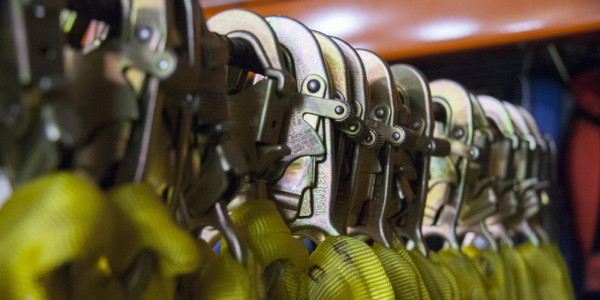
Avoiding costly citations: The essential guide to a robust roofing safety program
Read More ...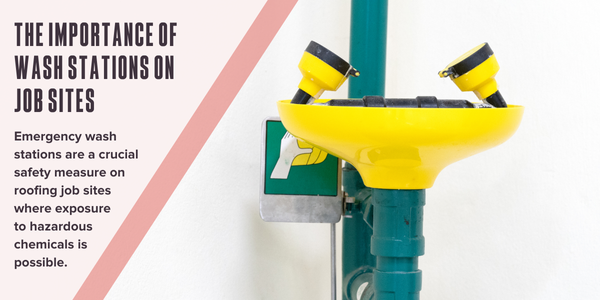
The importance of wash stations on job sites
Read More ...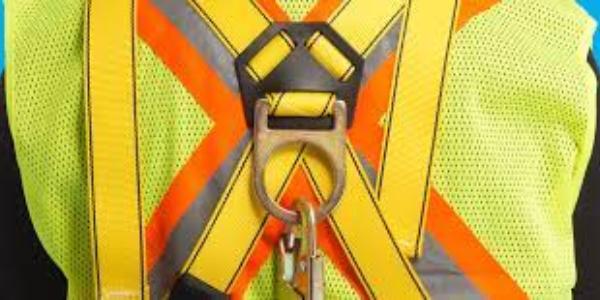
Learn About Fall-prevention With This Comprehensive Course
Read More ...



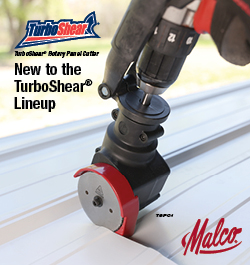











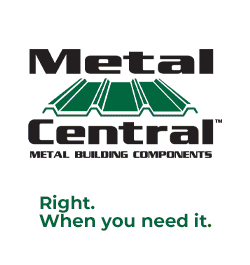
Comments
Leave a Reply
Have an account? Login to leave a comment!
Sign In